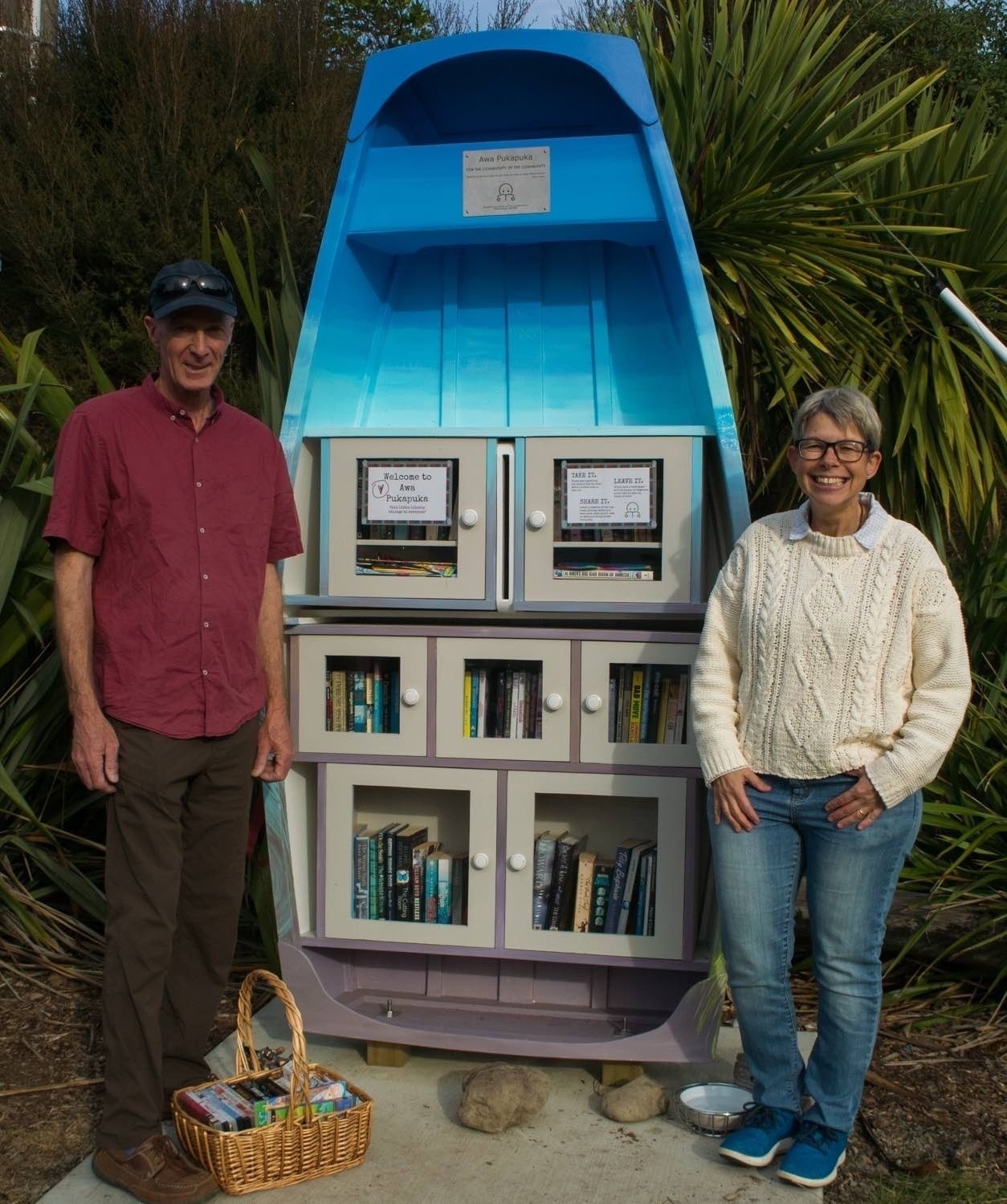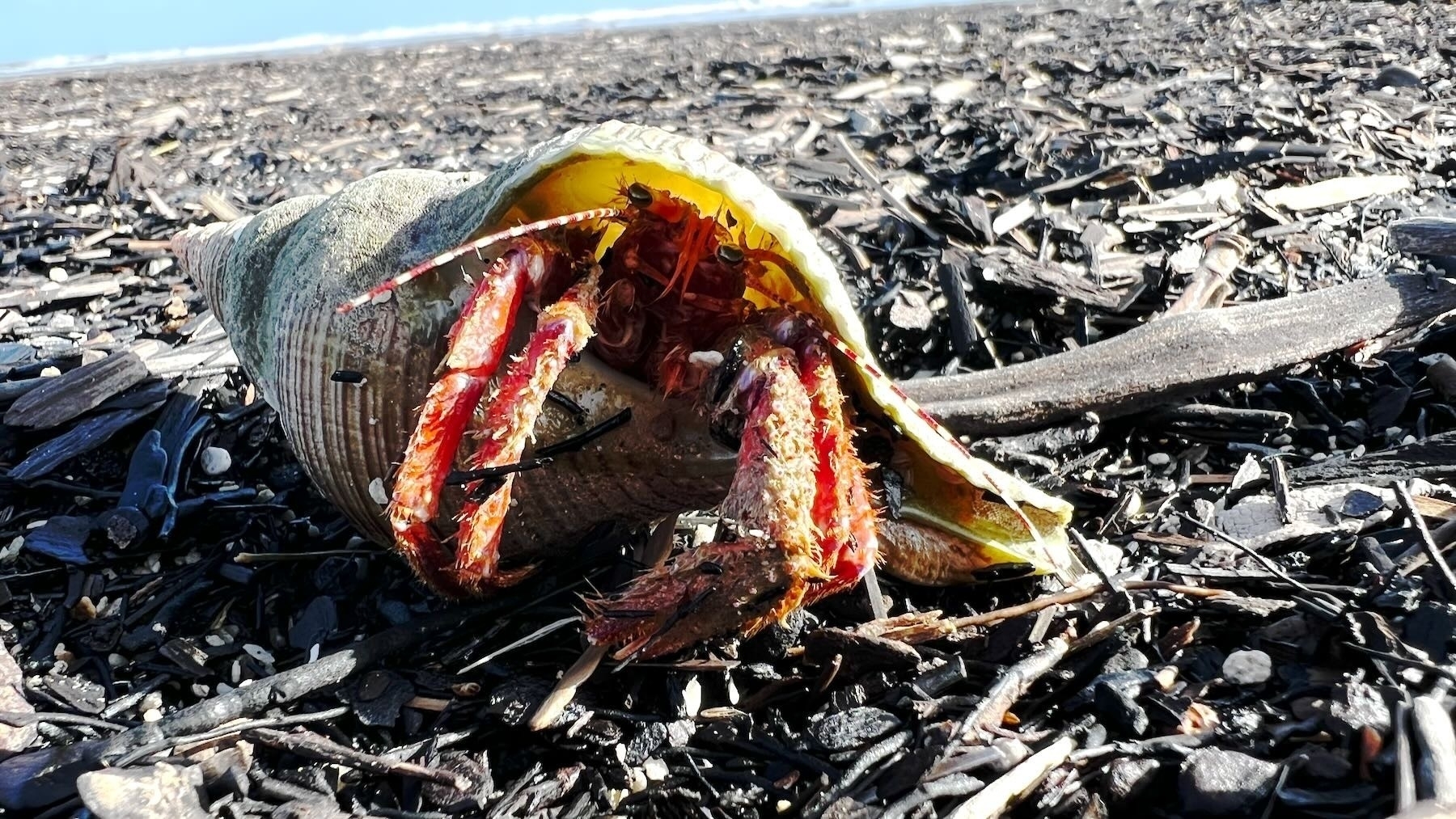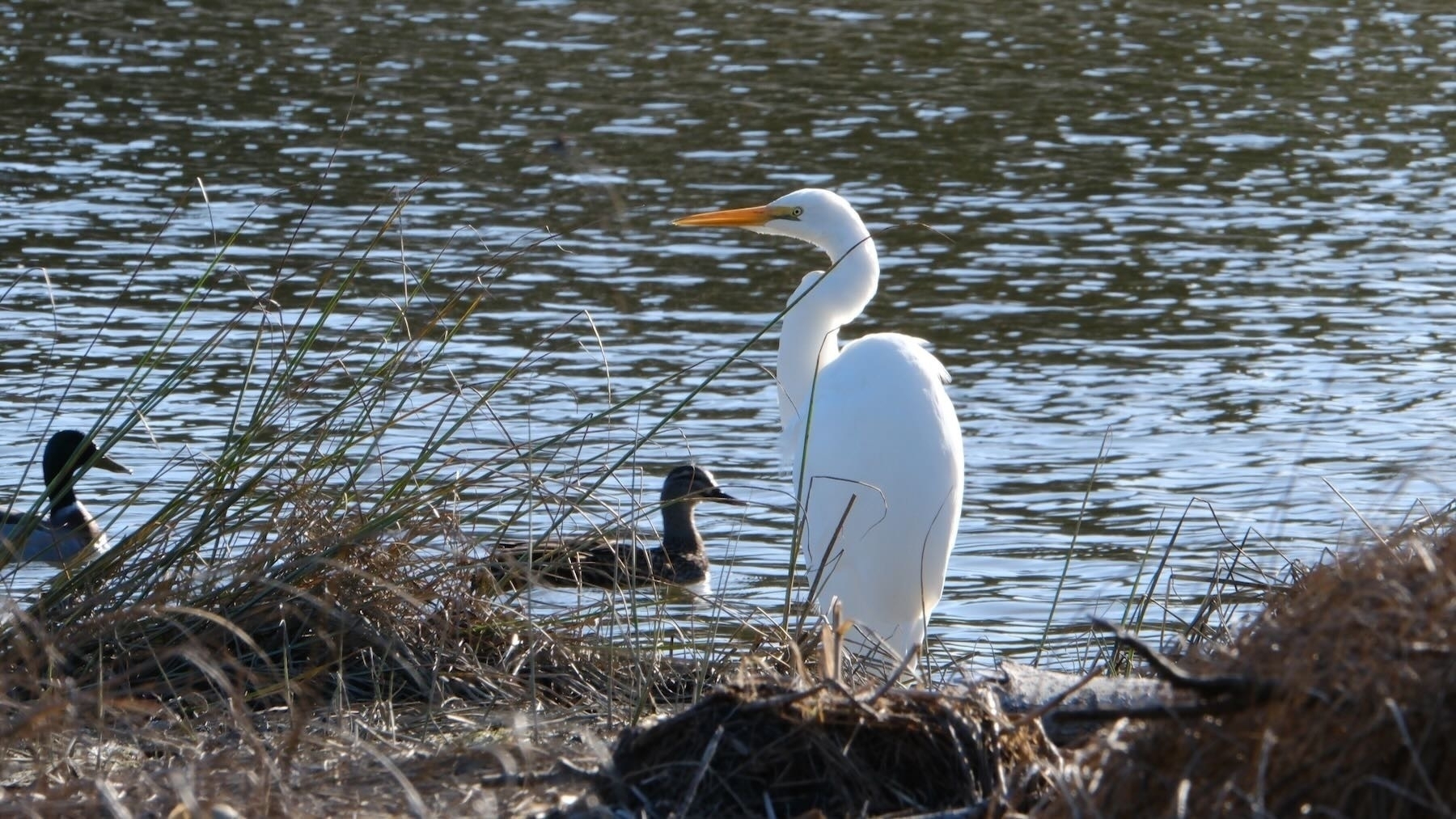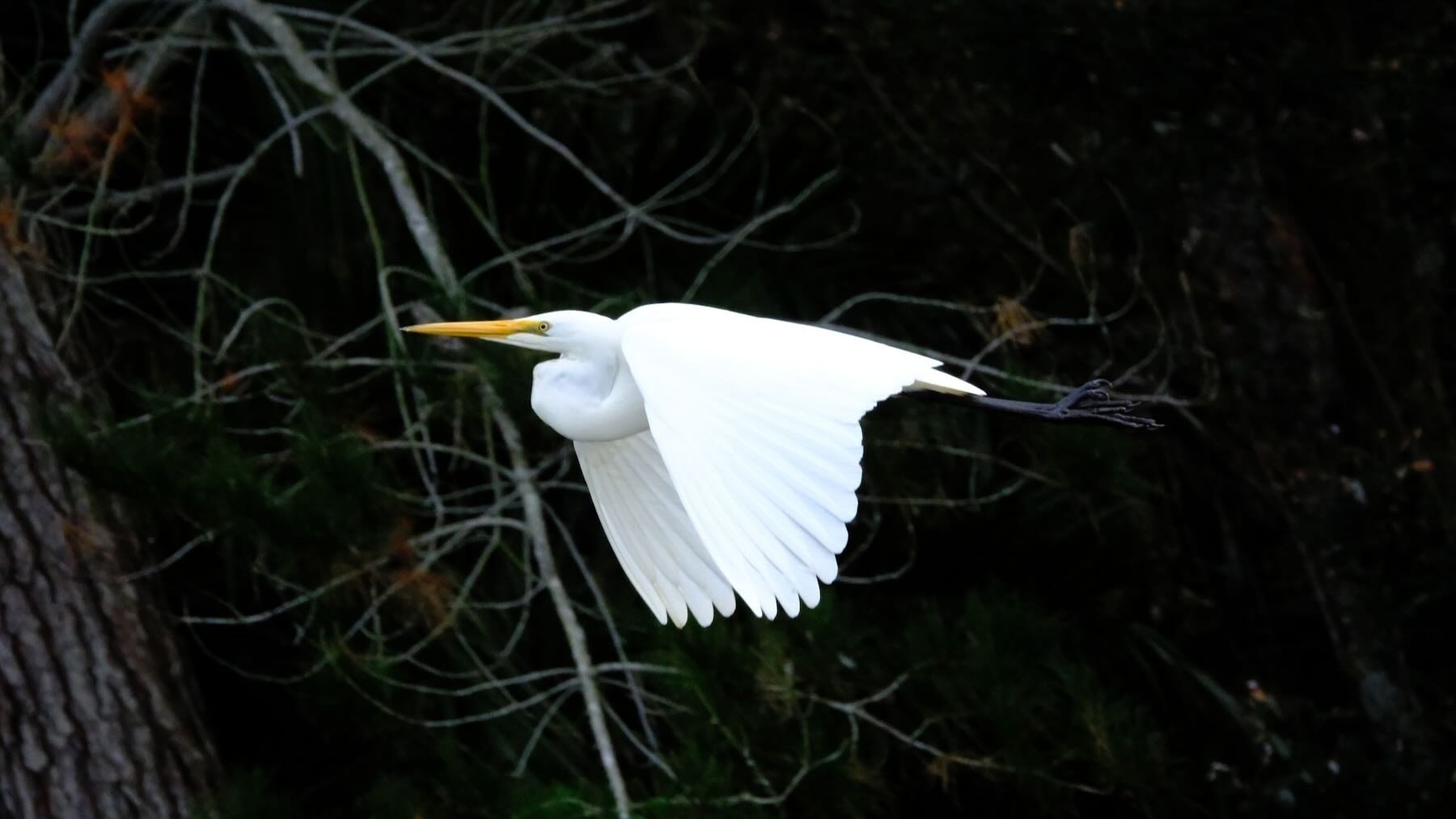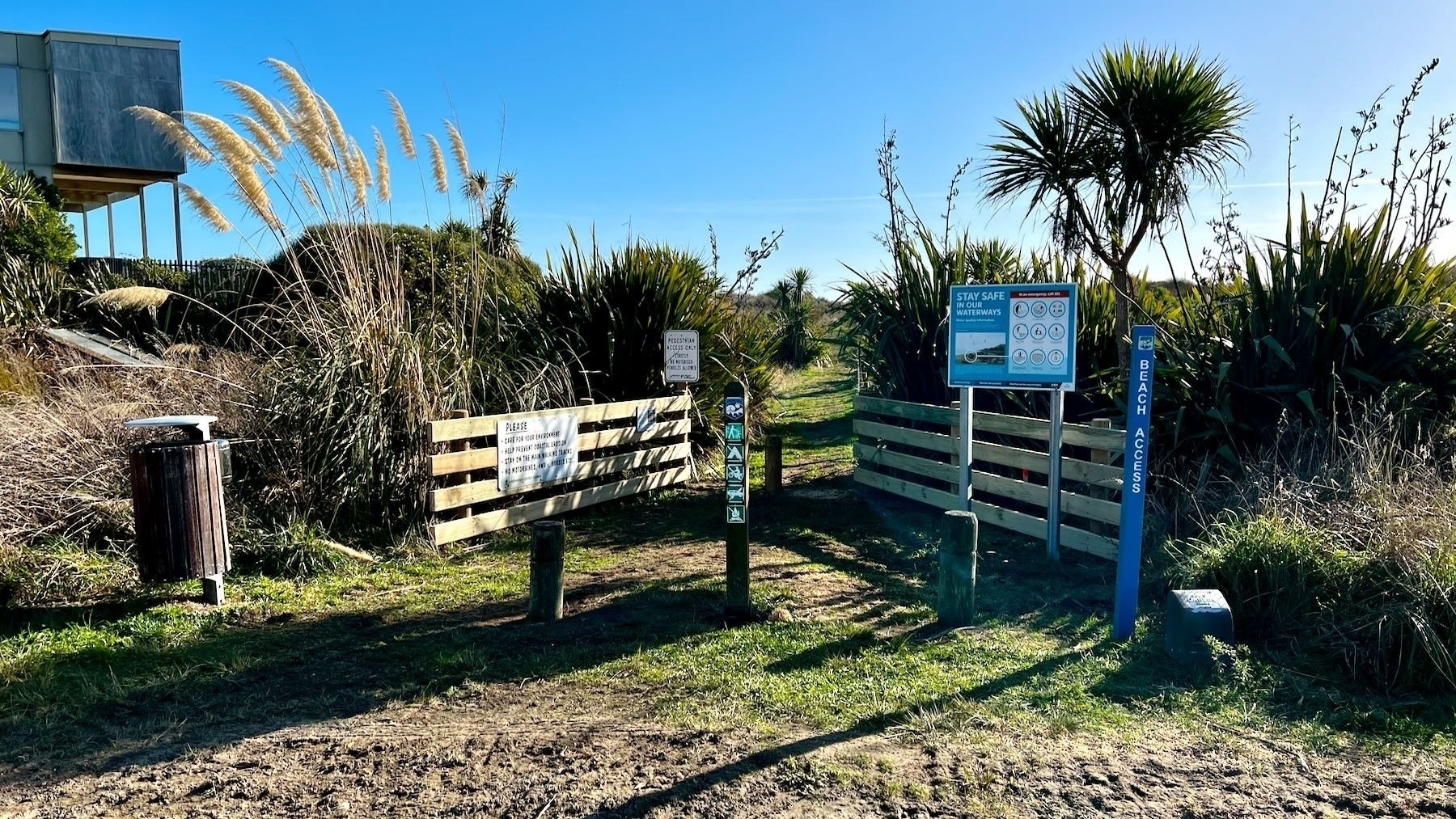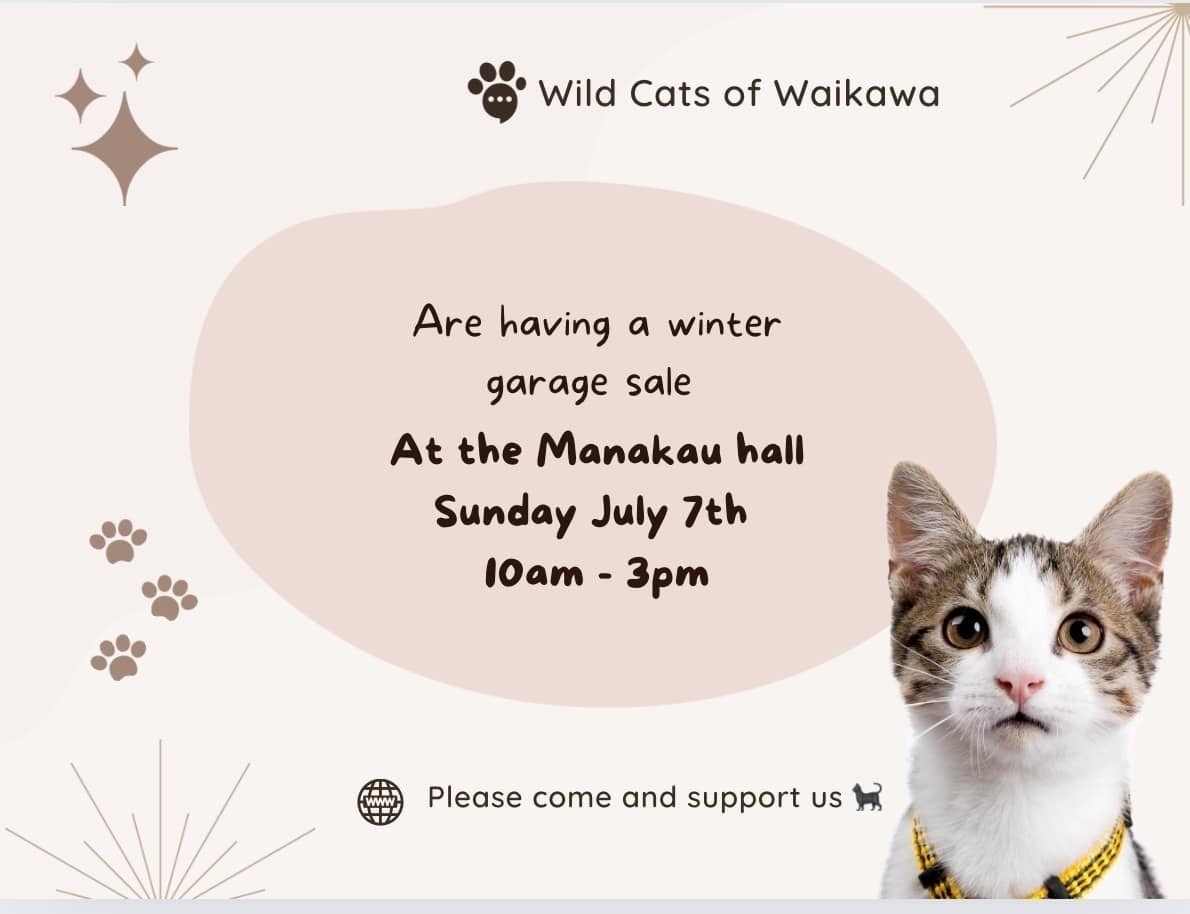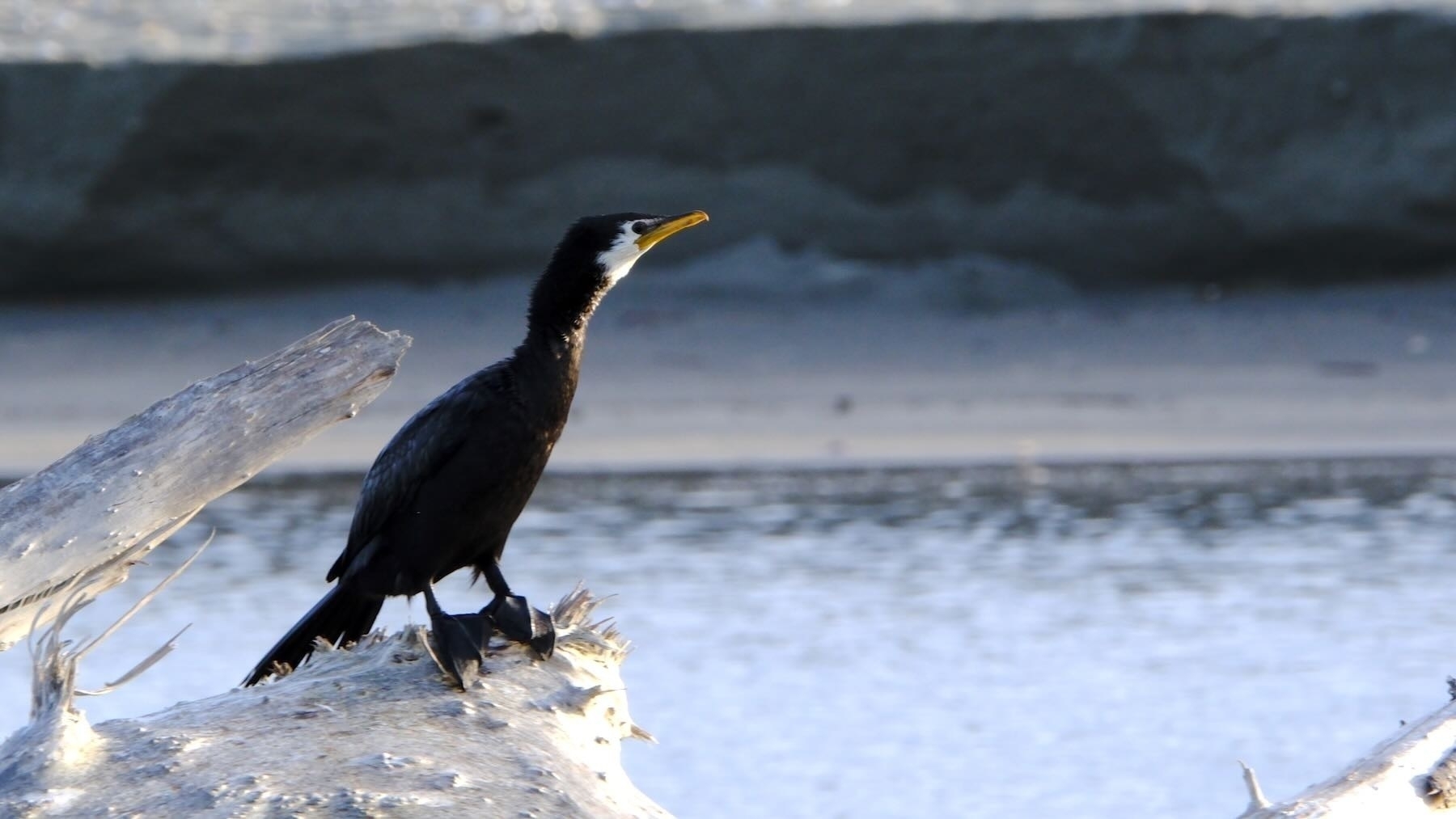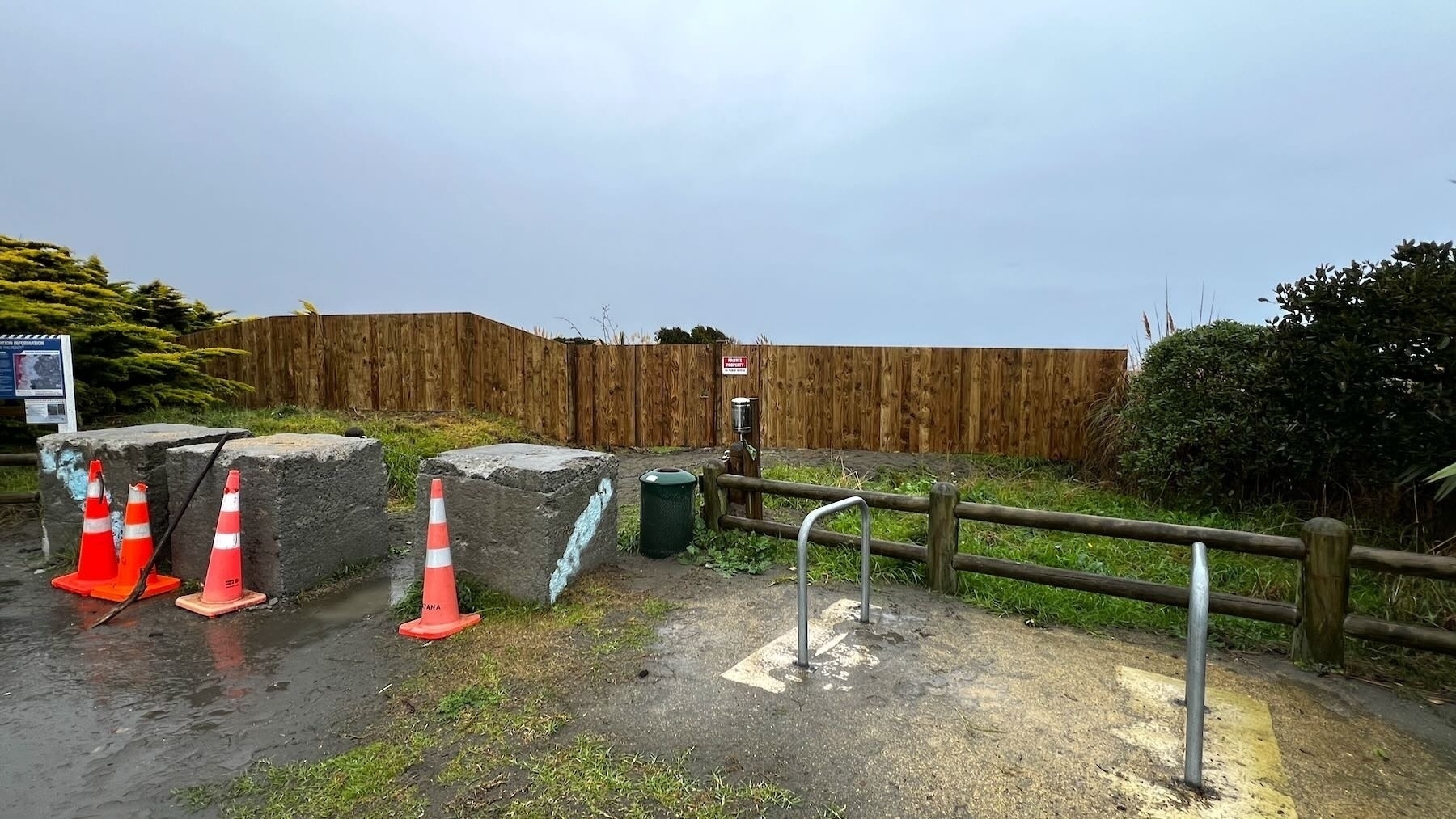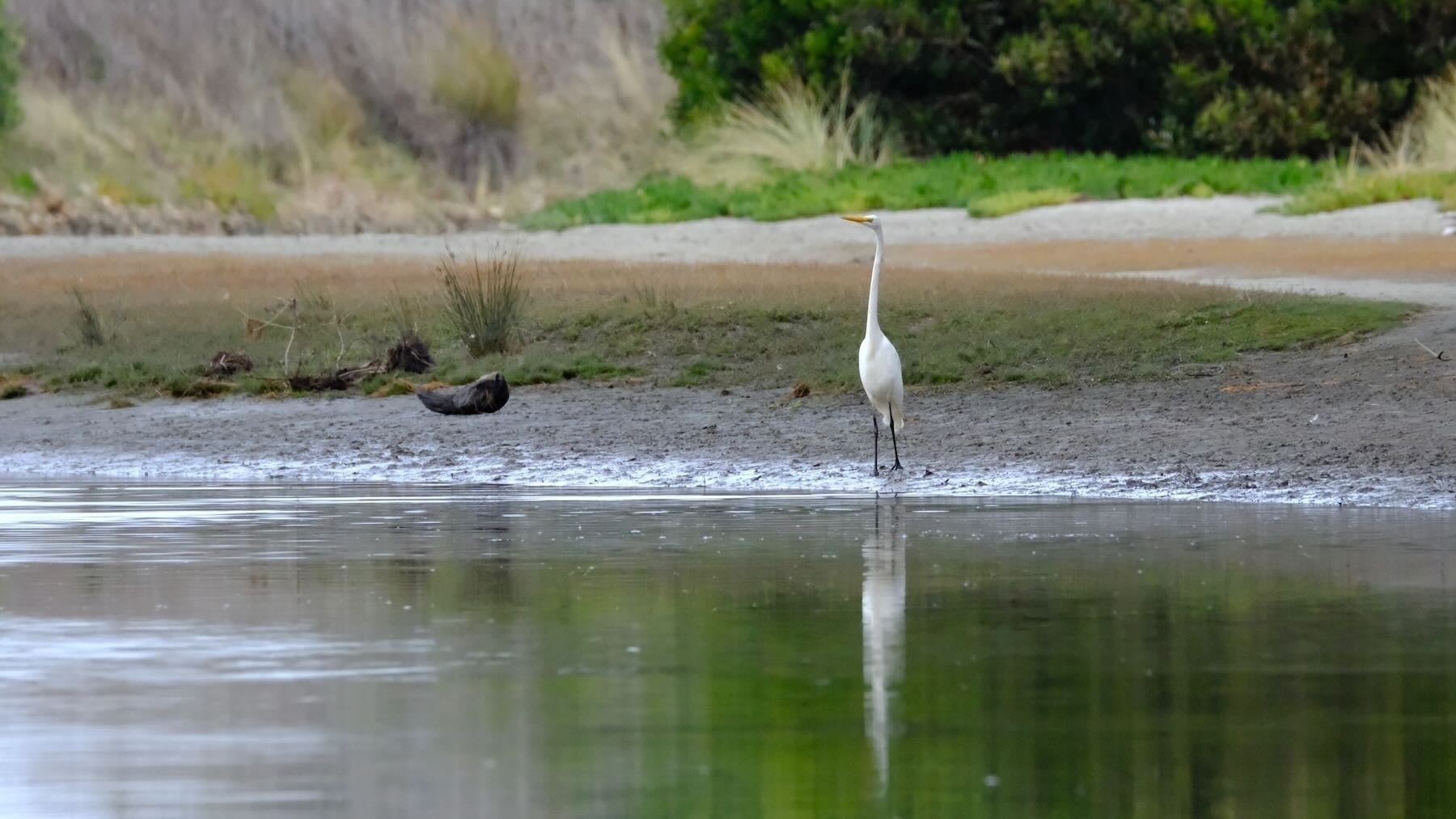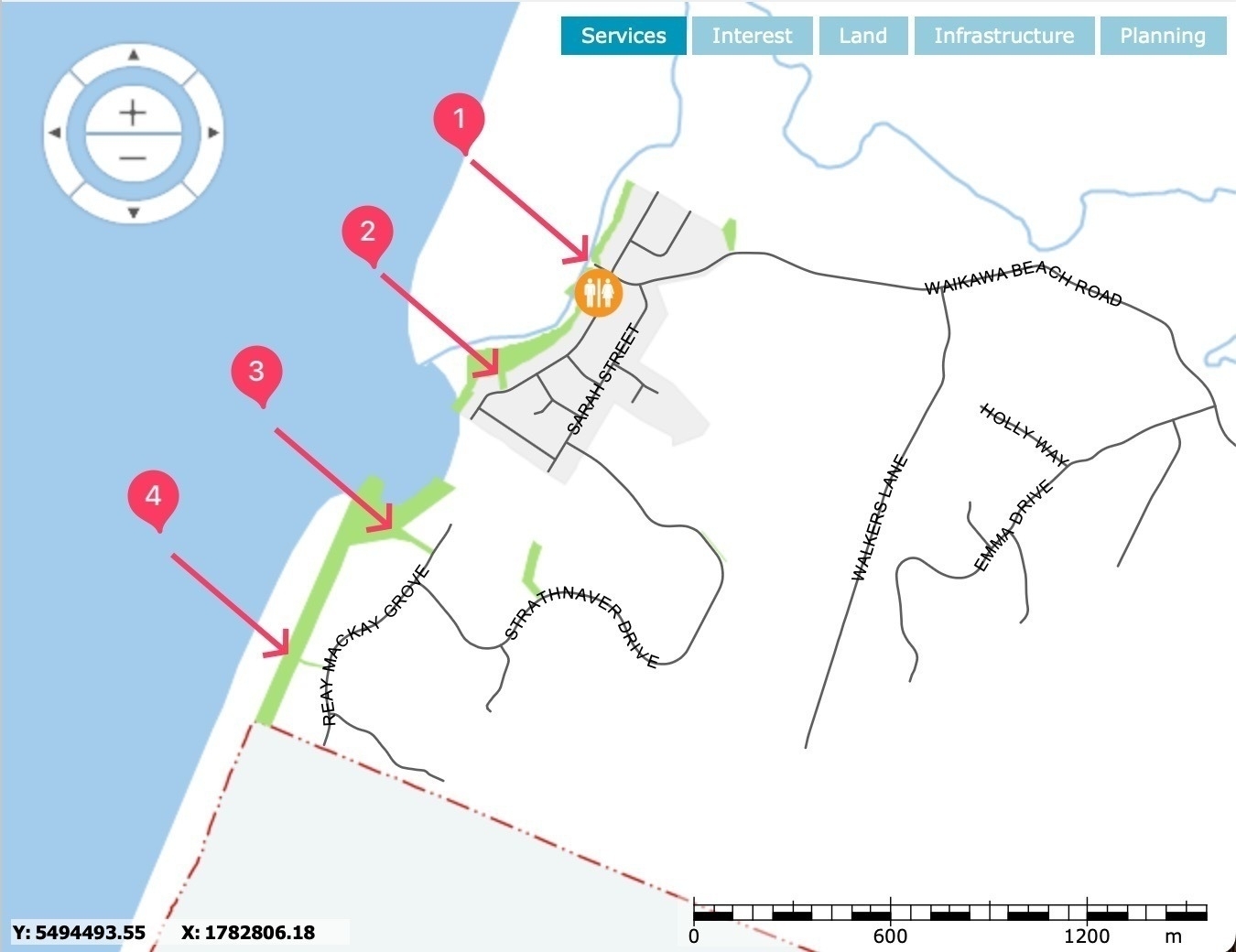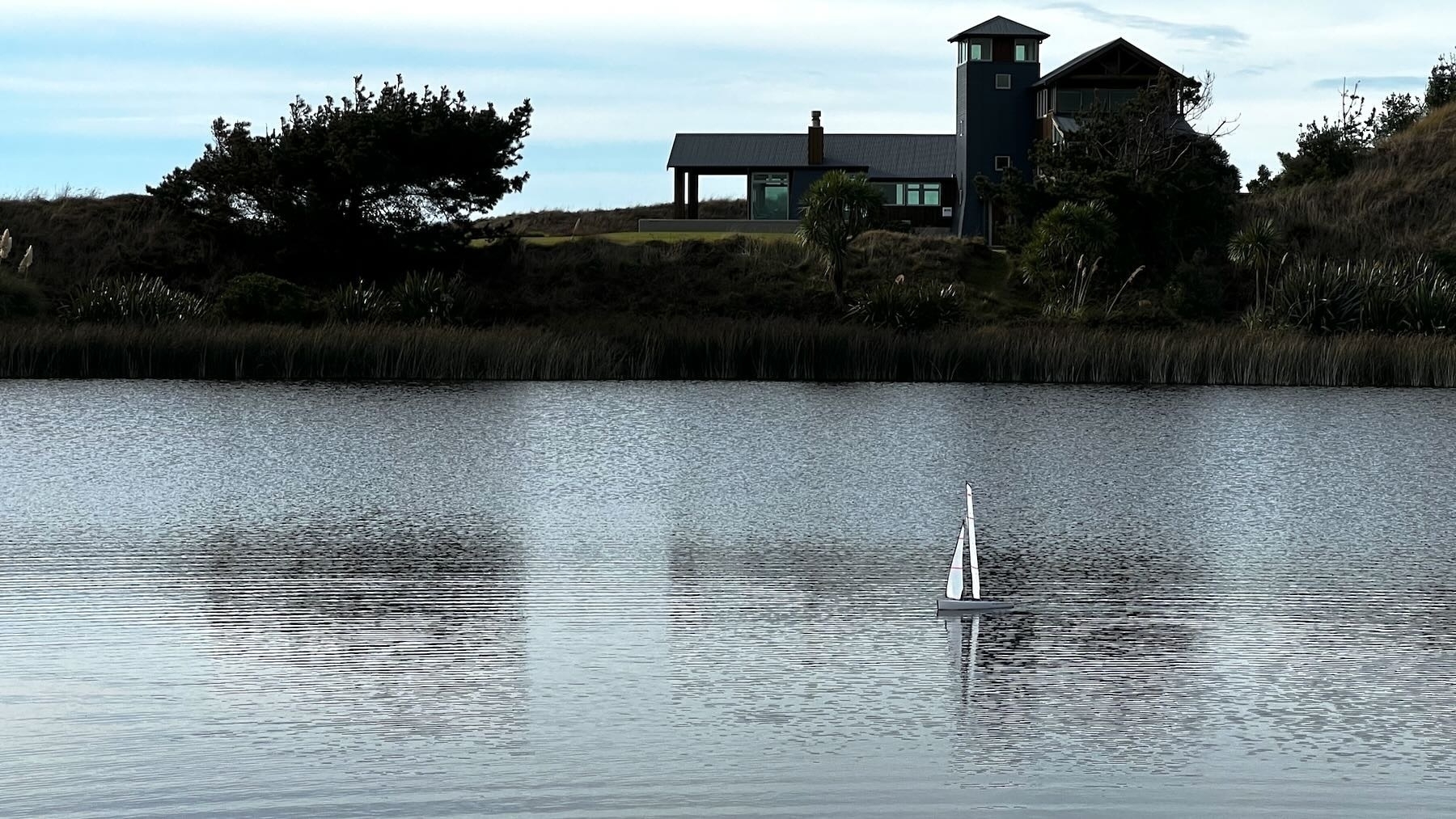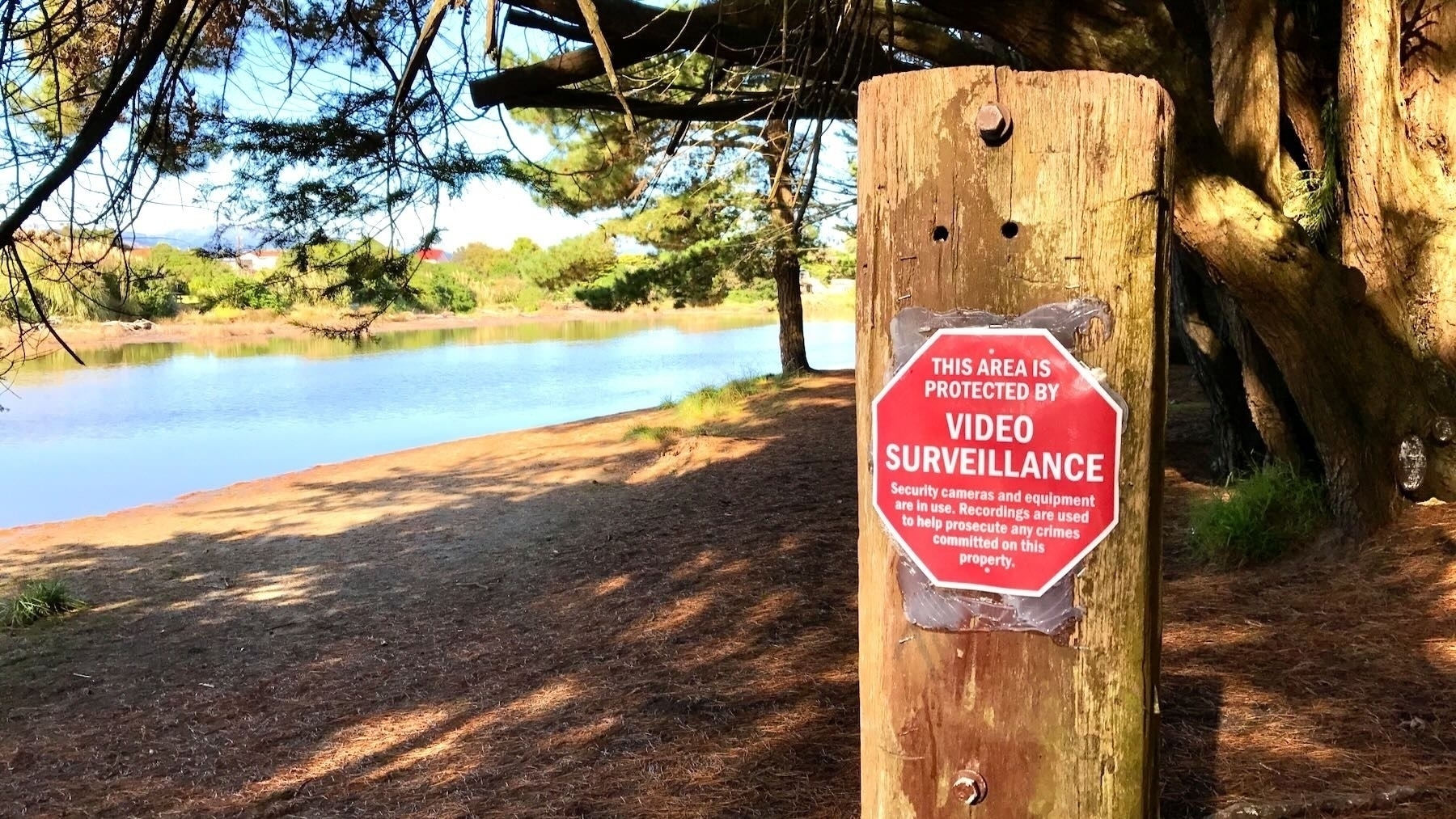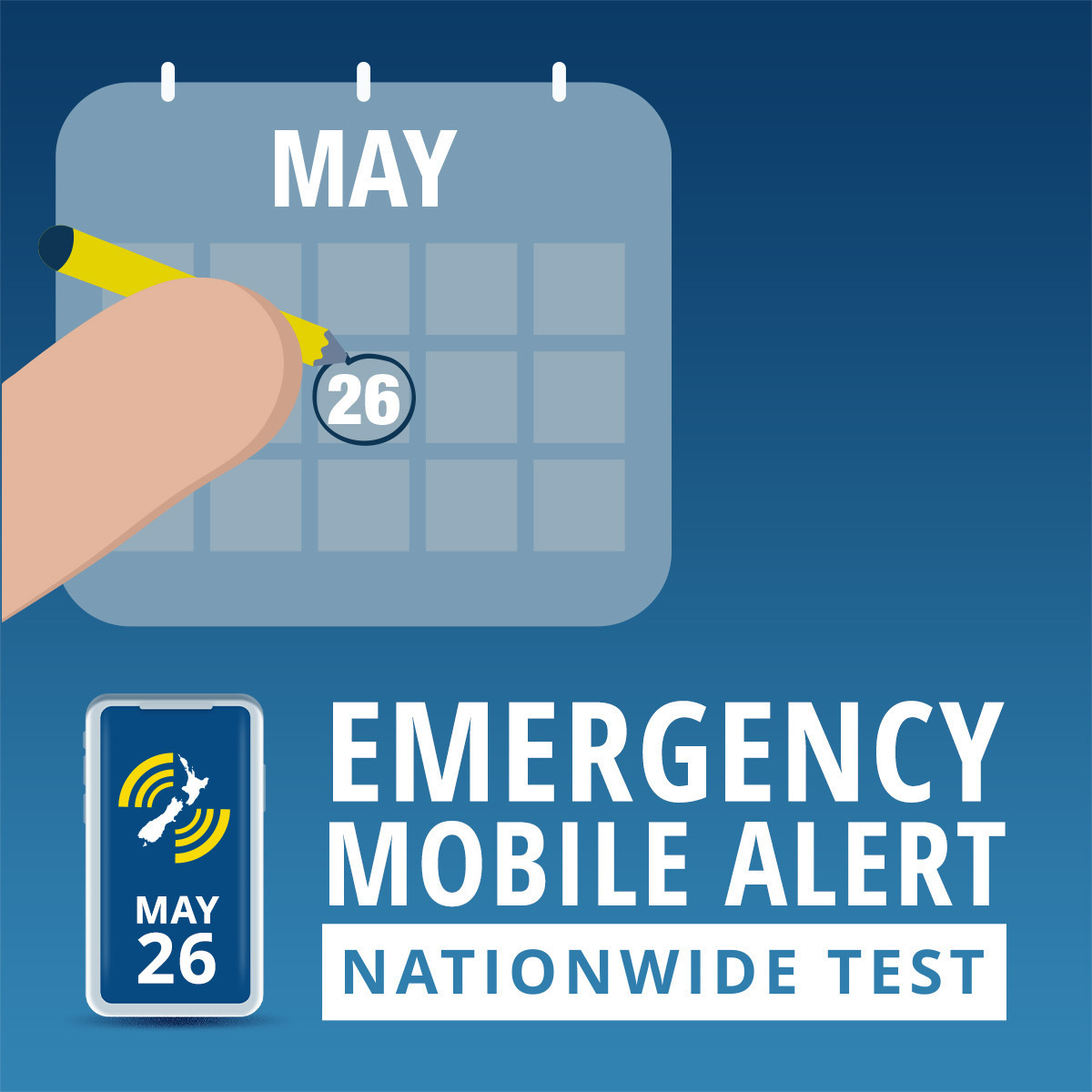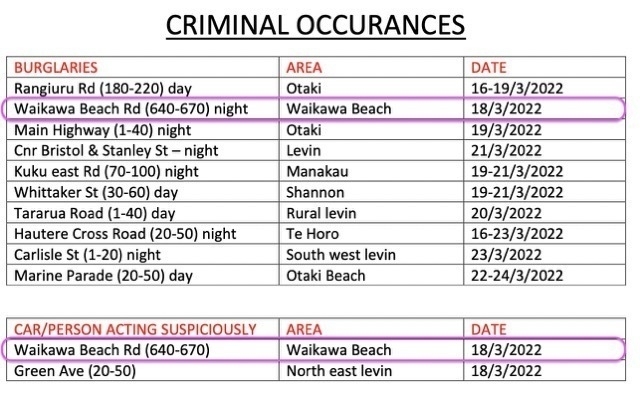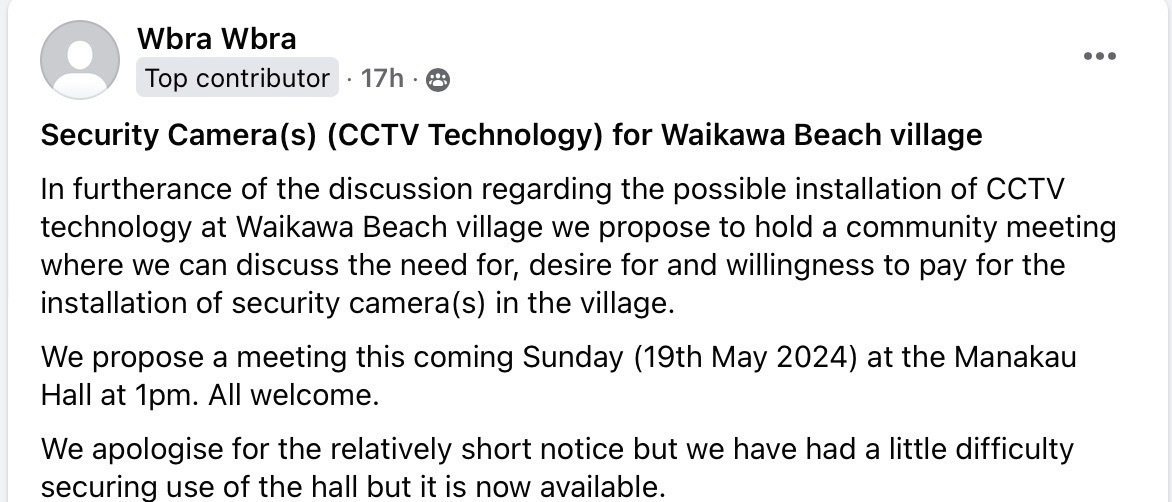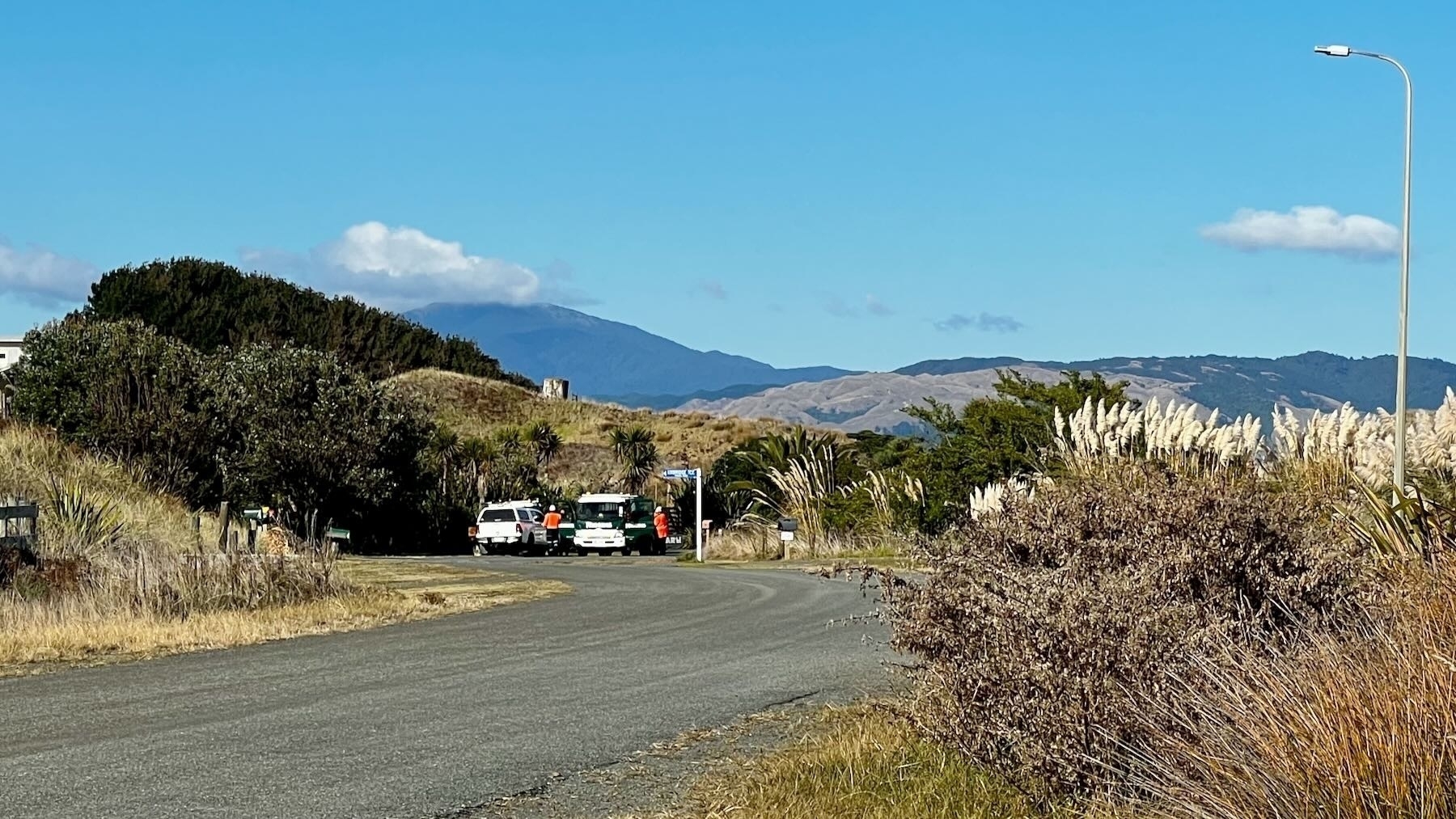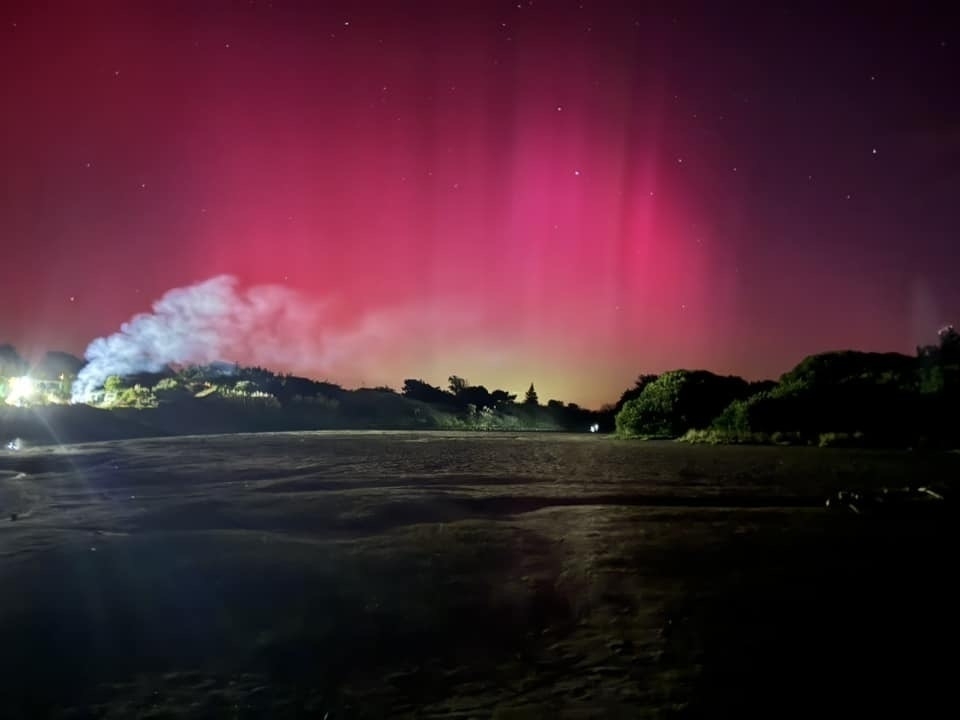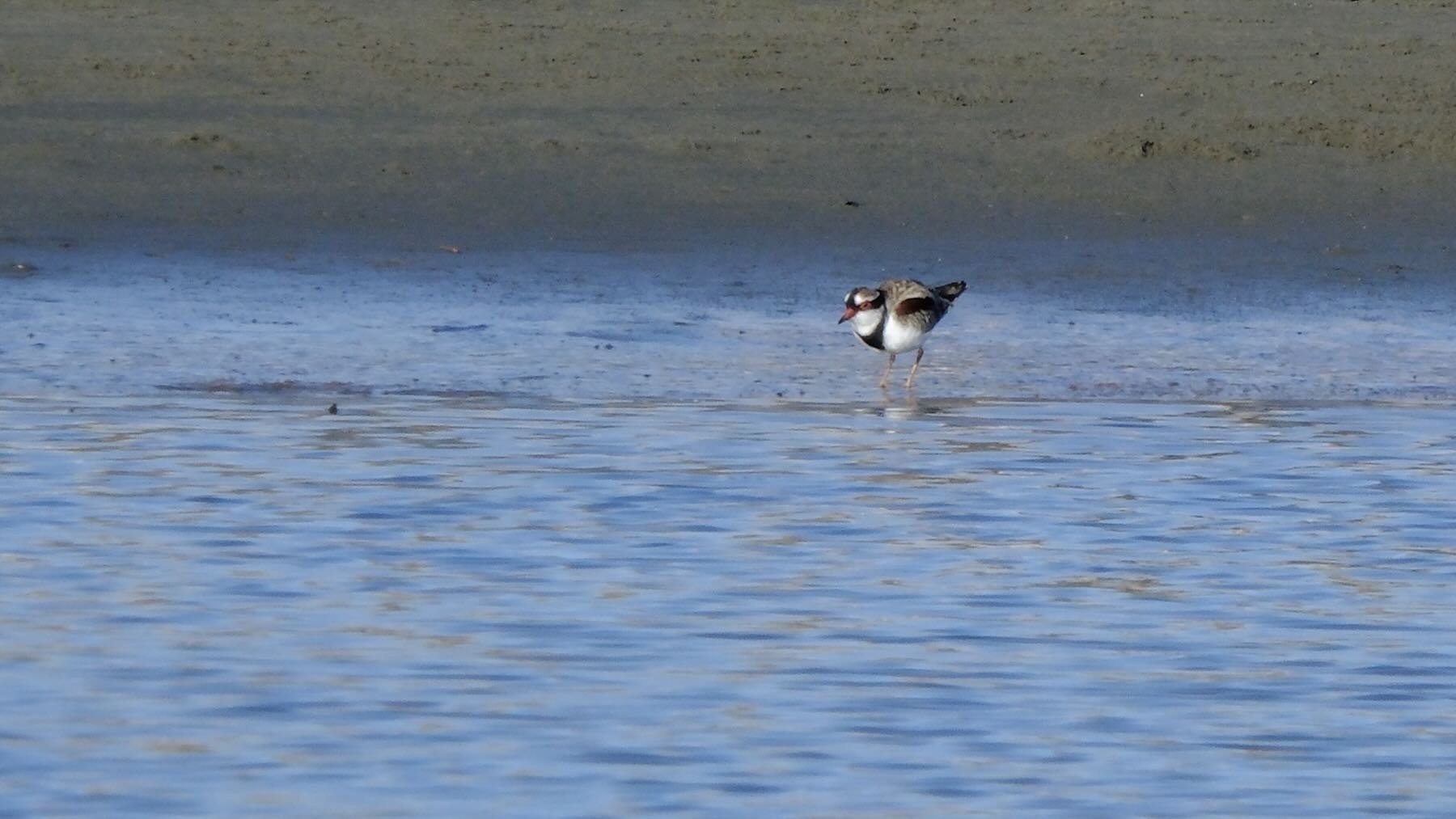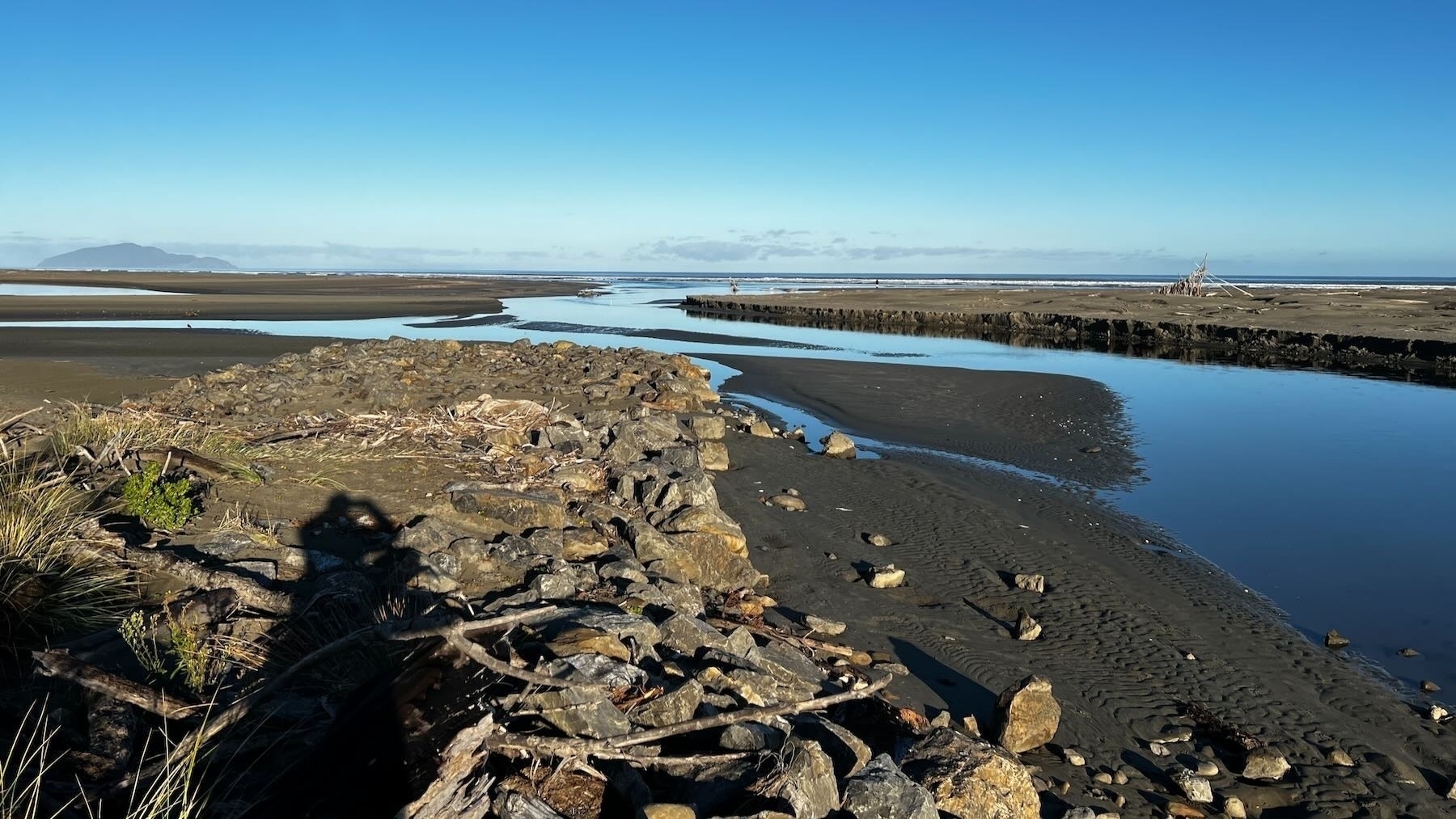Notices
Waikawa News has ceased updates. The archive of posts is still available.
Pedestrian access onto Waikawa Beach as at May 2024
Recently updated the Big List of Birds, now with 63 birds. Have you managed to see them all?
Recycling: collected every 2 weeks.
-
Waikawa News has come to an end — I’ve decided to quit updating the Waikawa News website and to stop publishing the newsletter. When I set up Waikawa News more than two years ago in February / March 2022 it was partly because I’d realised that most things I’ve done in my life have been based on sharing accurate factual information with others. I had also just left a 5-year tenure on the Waikawa Beach Ratepayers Association, during which time I published regular blog posts and newsletters on their behalf — well over 700 of them. -
Costs for new fences and bollards at Reay Mackay Grove and Manga Pirau Street
Waikawa News asked Horowhenua District Council for the costs associated with the newly installed bollards and fencing at 3 locations: 10 and 60 Reay Mackay Grove, the beach end of Manga Pirau Street. They replied: Reference Number: 2024/1106 13 June 2024 Tēnā koe Thank you for email of 24 May 2024 requesting under the Local Government Official Information and Meetings Act 1987 (LGOIMA), information relating to the cost of fencing at Waikawa Beach. -
Awa Pukapuka third anniversary
Anja Geelen and Theo van Schoonhoven with the Awa Pukapuka they made and donated to the community. Photo by Stephen Betts. Hard to believe it's been 3 years since the launch of Awa Pukapuka, the Little Free Library at the corner of Waikawa Beach Road and Drake Street. Anja Geelen and Theo van Schoonhoven created the library from an old Optimist boat they spotted and bought back before the Covid-19 shutdown of 2020. -
World Oceans Day
Hermit crab in large shell. World Ocean Day (today) seems like a good time to catch up with recent happenings along the coast. A few days ago there was a big wash of seaweed along the high tide line. Big clumps every metre or so all along the shore, some kelp, some more 'leafy'. Clumps of seaweed. Close up on some seaweed. A big clump of kelp. A few days later a big carpet of driftwood 'mulch' appeared just south of the river mouth. -
The kōtuku white heron is still around
I'm amazed that it's a week later and our visiting kōtuku white heron is still chilling by the river. -
Waikawa Newsletter May 2024 published
A rare visitor: a Kōtuku | White heron. Published on 26 May 2024: Waikawa Newsletter May 2024. The monthly newsletter is based on posts I’ve written during the month, with added sprinkles. If you’d like to automatically receive posts by email as they are published subscribe. If you know of Waikawa Beach things that would interest others or if you have comments on this newsletter or the websites please let me know at kiaora@waikawanews. -
New fences on Reay Mackay Grove and Manga Pirau Street
The new street end entrance to the pedestrian track at 60 Reay Mackay Grove. In May 2024 Horowhenua District Council took action on some problems created by vehicles accessing the beach through pedestrian-only walkways and to protect private land where the owners no longer granted access across their property. See the HDC letter quoted below. The pedestrian-only access at 10 Reay Mackay Grove already had bollards across the street end but the number and density of bollards was increased so quads and larger vehicles couldn't pass between them or round the ends. -
Wild Cats of Waikawa fundraiser, 07 July 2024
From Facebook: Sunday 7 July 2024 From 10:00-15:00 Wild Cats of Waikawa winter garage sale 12 Mokena Kohere Street, Manakau 5573 Fundraiser for Wild Cats of Waikawa Beach: Baking, hot drinks, second hand clothing, household items and much more -
A third kind of shag at Waikawa Beach: the Kawaupaka
The small shag on the driftwood didn't look quite right. Instead of a white chest it had an all-black body with just a white throat. It turns out it was a native Kawaupaka | Little shag: A small shag with a short yellow bill, black feet, a relatively long tail and multiple plumage variations. For comparison, here's a photo of a Kawau | Pied Shag at Waikawa Beach. Plenty of white, and a grey bill. -
HDC letter about beach access, 24 May 2024
The new fence at the beach end of Manga Pirau Street. Horowhenua District Council have sent out a letter about the beach access: 23 May 2024 Tēnā koe Earlier this year, Council actively sought your input on three options for vehicle access at Waikawa Beach. However, during the submission hearings, new information emerged that add to the complexity of the issue. Initially, Options 1 and 2 relied on the goodwill of private land owners by accessing the beach through their land at the end of Manga Pirau Street. -
A spectacular rare visitor
It's a rare but very special visitor to Waikawa Beach: a Kōtuku | White heron. It was hanging round the river today [23 May 2024]. We see one for a few days every few years. These are Native birds whose Conservation Status is Nationally Critical. ‘Nationally Critical’ classifies the most severely threatened species that are in an immediate high risk of extinction. Outside its breeding area on the West Coast: it is ‘He kotuku rerenga tahi’ or the bird of single flight, implying something seen perhaps once in a lifetime. -
Pedestrian access onto Waikawa Beach as at May 2024
New residents and visitors may be confused about where and how to get onto the beach now that the Manga Pirau Street access is fenced off. While there is no access for vehicles, or for horses, pedestrians have 4 options, two in the village and two in Strathnaver. Rubbish bins and dog poop bag dispensers are available at the footbridge and at the Reay Mackay Grove tracks. Please remember to stay off the dunes, apart from the marked tracks and to remove all litter. -
Waikawa Beach CCTV update, 22 May 2024
The Waikawa Beach Ratepayers Association has reported back on the CCTV camera idea. See: Report from public meeting about CCTV at Waikawa Beach. Following the community meeting on 19 May, WBRA has been in contact with the Horowhenua Community Camera Trust (HCCT) and discussed its work and the possibility of collaborating with the Waikawa Beach community. The trust is very keen on such collaboration as it seeks to expand its network of community safety cameras in the region, particularly in the southern part of the region, including Otaki. -
A new visitor to the lake
It's not that often that you see a model boat sailing around on Lake Puna o te Ora. Today though was one of those days. -
Report from public meeting about CCTV at Waikawa Beach
Protected by video surveillance notice. Photo taken May 2017. Recently some in the Waikawa Beach community have proposed CCTV cameras at the village entrance. See Carefully targeted CCTV has its uses, Burglaries and prowlers at Waikawa Beach between February 2017 and May 2024 and Public meeting about security cameras, 19 May 2024. The Waikawa Beach Ratepayers Association held a meeting on Sunday 19 May 2024 to discuss this idea. Below is a report from the WBRA on the meeting. -
Emergency Mobile Alert system test on Sunday 26 May 2024
Emergency Mobile Alert » National Emergency Management Agency: Annual test of Emergency Mobile Alert system happening 26 May The nationwide test of the Emergency Mobile Alert system will take place between 6 and 7 pm on Sunday 26 May 2024. An alert will be broadcast to all capable phones. The test of Emergency Mobile Alert allows us to evaluate the system, cell towers, and the ability for mobile phones to receive the alert. -
Carefully targeted CCTV has its uses
Screencap from a recent Facebook post. With a suggestion floating around of installing CCTV cameras at the entrance to the Waikawa Beach village, as a response to 3 recent burglaries, a bit of research turned up some useful independent information (See the end of this post). Reviews are a bit mixed but the general idea seems to be that carefully targeted and actively monitored cameras in identified high crime areas, in conjunction with other actions (eg patrols), can help deter criminal activity, especially in carparks and commercial and industrial areas. -
Burglaries and prowlers at Waikawa Beach between February 2017 and May 2024
In light of a Public meeting about security cameras to be held on 19 May 2024, a check of the archives has shown a short list of recorded incidents of thefts, burglaries, prowlers, suspicious activity at Waikawa Beach in the last 6 to 7 years. Of course, any theft or burglary is upsetting for the victims and the community at large. The fact that there have been on average only around 2. -
Public meeting about security cameras, 19 May 2024
From Facebook: Security Camera(s) (CCTV Technology) for Waikawa Beach village In furtherance of the discussion regarding the possible installation of CCTV technology at Waikawa Beach village we propose to hold a community meeting where we can discuss the need for, desire for and willingness to pay for the installation of security camera(s) in the village. We propose a meeting this coming Sunday (19th May 2024) at the Manakau Hall at 1pm. -
Road patches on Reay Mackay Grove
Higgins contractors have been out to patch parts of the tar seal on Reay Mackay Grove. In particular they've been restoring broken seal at the edges of the turnarounds at either end, though they might have filled a small pothole or two as well. -
Waikawa Beach under crimson aurora, May 2024
Photo by Charlie Strivens and posted with permission. Last weekend most of Aotearoa was able to see a magnificent aurora — unusual because it’s normally only visible from the South Island. Many at Waikawa Beach enjoyed the show. On Saturday 11 May 2024, Charlie Strivens posted on Facebook: So glad we made the call to go to the beach to check out the Aurora tonight! Light and smoke pollution affected the photos near the village but away from the village down at the beach it was magic! -
Crashes near Ōhau, May 2024
It hasn't been a good week to travel between Waikawa Beach and points north. Two days ago 5 people were injured after a big police effort to stop a vehicle that apparently started at Waikawa Beach. Five people injured in crash on SH1 near Ōhau, Horowhenua | Stuff: Five people have been injured in a crash on SH1 near Ōhau in Horowhenua. Police were responding to multiple reports or traffic offending from the Waikawa Beach area about 5pm on Monday [06 May 2024]. -
Fuel tanker rolled at Ōhau, 08 May 2024 — avoid travel
Ōhau crash: Detour via Muhunoa East Rd or Bishops Rd/ Arapaepae Rd South. From the Facebook page Traffic Updates - Horowhenua Kapiti Wellington: SH1 OHAU - GAS TANKER TRUCK ROLL - ROAD CLOSED UPDATE 8.20am - the road is going to be closed for quite a few hours as FENZ and Hazmat units come from Palmy and Wellington to deal with the delicate situation of a petrol tank full and upside down. -
A visit from Black-fronted dotterels, May 2024
If you look very carefully in the right part of the estuary (essentially in front of 1 Reay Mackay Grove) you might spot dotterels by the little lagoon. They’re not always there. The other day though there were several Banded Dotterels. This morning they’d been replaced by 5 Black-fronted dotterels. Just as hard to see, just as prone to dashing about, but very handsome. Black-fronted dotterels are smaller and more dainty than banded dotterels and are recognisable by the striking Y-shaped black plumage on the chest contrasting with white plumage above and below, and a conspicuous black stripe through the eye that extends back to the hind neck. -
New channel direct to sea for Waikawa River, May 2024
The river flows past the groyne on the left and in a fairly straight line directly out to sea. The Waikawa River must have flushed with heavy rain earlier this week. There are clumps of river weed scattered across the estuary and a little way down the coast. There’s evidence of the river having cut deep channels across the estuary sand too. But most notably, the river is flowing straight past the groyne and directly out to sea.


